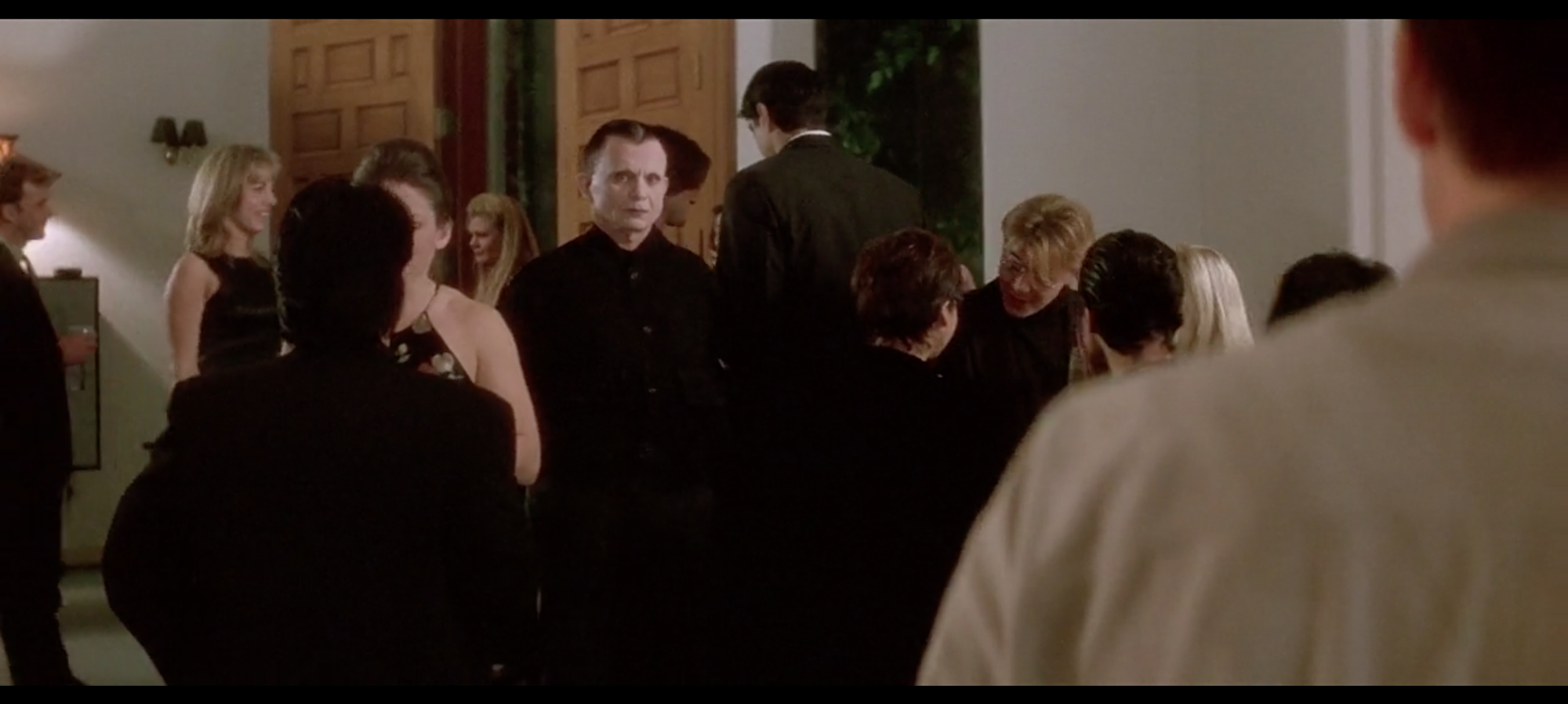When I love a horror film, I want to live in it. I mean this as a physical proposition. If a horror movie I adore has a great scene set in a memorable enclosed space, my instinct, no matter how awful the things that happen in that space are, is to walk right into it. I’d like to be in Leatherface’s bone room, in the Overlook Hotel’s elevator lobby, in the bare wooden attic where the Cenobites kill Frank Cotton, in Scarlett Johansson’s black liquid void. I want to feel the walls, tap the floor with my foot, smell the viscera. You know, make myself at home.
I’d eventually like to leave again, of course, which is usually what separates me from the people who do visit those places within the movies themselves. But there’s weird, cold comfort in those spaces. They’re inviting, to me anyway, and it is not my custom to go where I am not wanted.
From the Red Room in Twin Peaks to its blue counterpart Club Silencio in Mullholland Drive, David Lynch has created many of these spaces. As a director, Lynch is to ambient room tone what Martin Scorsese is to gangsters listening to “Gimme Shelter.” Evoking a sense of space, and what it’s like to be within four particular walls (curtains optional), is a major part of his project.
In one such space, he even threw a party.
I wrote about the Mystery Man scene from David Lynch’s Lost Highway for The Outline.
Tags: david lynch, horror, lost highway, movie reviews, Movie Time, movies, reviews, robert blake, the mystery man, the outline

